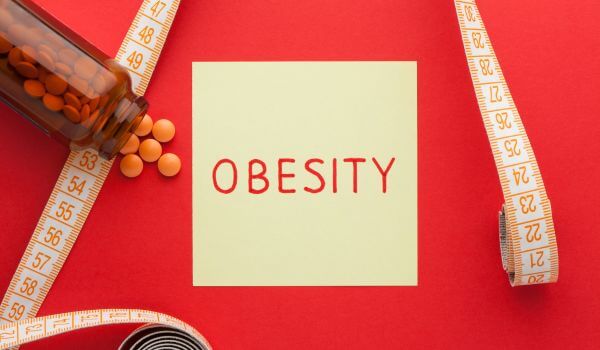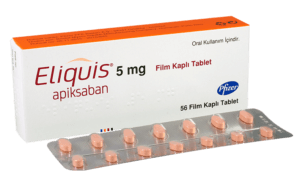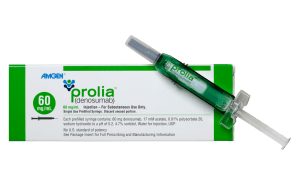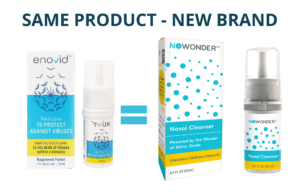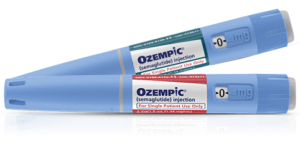
Maybe it’s because we can observe the developments as unbiased observers. Given that we are sitting outside looking in, we are not directly affected by what’s been going on. It does appear to us that, at its core, this matter is similar to a piece of luggage that someone forgot to collect, sitting on a rotunda at the airport, going round and round. It drifts into view every few years without any essential aspects having changed substantially.
Who or what is driving pharmaceutical drug prices higher?
It’s essential to understand that the US is a unique case regarding pricing prescription medications. Unlike in the rest of the developed world, there is absolutely no government control over drug pricing. The role of the FDA, which is the only government agency involved in pharmaceutical supply, is purely to ensure the safety, quality, and applicability of medicines. Once a drug has received the FDA “stamp of approval,” it can be priced at whatever the suppliers decide is appropriate (or whatever they believe they can get.)
In an open market, such as for other manufactured goods, prices are driven by competition and supply. Buyers can choose what they want and find a supplier that offers the best price. Medications are a completely different case. On the one hand, there’s little choice. It’s not like choosing between hamburgers and pizzas for dinner, and it’s also not like buying groceries from a corner store or a supermarket. Pharmacies are the only channel through which customers can obtain their prescription meds. People are also having to buy drugs that they have a specific need for because it’s been prescribed by their healthcare provider in a specific form, and their health depends on it.
As reported on Healthcare-brew.com, the essence of the current issue being tossed around in Washington is the feeling as a result of the FDA’s investigations that the insurance companies, or more specifically their pharmacy benefit managers (PBMs), are exercising an undue influence on drug pricing, and are doing it for their (the insurer’s) own benefit and at the cost of the consumers.
The feeling expressed in the FDA’s interim report is that the concentration of buyer power into the hands of the PBMs has given them almost total control over pricing. This is illustrated by the statistics, which show that “the top six PBMs manage 94% of all prescription drug claims in the country.” Add to that the statistic that “the three largest PBMs made about $1.6 billion in excess revenue on two cancer drugs in less than three years” and it’s easy to see why the issue is once again gathering force.
We’ve said it all before
Because of the repetitive nature of this issue, we can look back at a number of blogs that we have published over the past few years that deal in one way or another with this subject. So let’s start with our “outsiders” view of why US drug prices are so high to start off with, before there’s even any need to see why it is that the PBMs are able to manipulate prices so effectively.
We wrote a blog a year ago that discussed the advantages that people in the US can gain when they purchase medications from us. In a section on competitive pricing, we summarized the position by saying that medications are more expensive in the United States compared to other countries due to government regulations (or, really, the lack of such regulation).
As mentioned above, the FDA decides if a drug can be marketed but does not regulate its pricing. In contrast, in countries like Israel, Turkey, the UK, the EU, and Canada, most medications are priced around 50%-70% lower than in the US because those governments have set the prices which the highly regulated insurers (more typically called health funds) are going to get from the central government under the national healthcare budget. The governments create a basket of authorized medications with a capped price. When the cost of the drug to the health fund is higher, the difference doesn’t come out of the health fund’s pocket (or get charged to the patient), but instead comes via government subsidies to the funds that are part of the national healthcare budget.
When American customers buy from IsraelPharm, they typically save over 50% on their medication costs. This is possible even though we source branded drugs that are the same as those supplied in the US or generic versions that are manufactured in supervised factories overseas and have to achieve the same level of function, purity, and stability as the branded versions.
Living (or dying) with high drug prices.
One of the important points raised in the Healthcare-Brew article is the growing concern that too many people cannot afford their medicines, and are likely to suffer health consequences from being unable to take their prescribed and necessary treatments. The article highlights the results of a survey by KFF, an independent source for health policy research, that found that many Americans couldn’t afford to take their medicine as prescribed. Some were sometimes skipping it altogether (21%). Some (21%) were sometimes substituting an OTC or generic form when the doctor had specified the brand version (for more information about the reasons and possible consequences of this, read our chief pharmacist’s article here). Some were cutting the doses in half. Nearly one in three used one or more of these methods to avoid paying for the prescribed medications.
At the end of 2023, we wrote a detailed article on the subject of “Why do people ignore their prescriptions?” This article illustrates that the lack of progress toward a solution has been endemic for years and gives a great example of how IsraelPharm prices stack up against US prices for most of the most sought-after brand drugs.
Reasons for drug price differences between the US and other countries
In early 2024, we published an article highlighting the steepest price differential between the US and the rest of the developed world for newly developed drugs. In this blog, we detailed the bitter pill that people have to swallow, which outlined how patent protection on newer drugs allows a manufacturer to set whatever price the American market can bear.
Countries like Canada, Israel, the UK, the EU, and Australia operate under a degree of socialized medicine that controls prices. We concluded that “the difference between the U.S. and those countries’ prices can be as high as 60-70%, and in comparison with Israel, they often top 90%.” It’s worth visiting that page because it gives deeper insight into how the same new drugs sold at high prices in the US while still under patent protection can be bought much cheaper from IsraelPharm.




